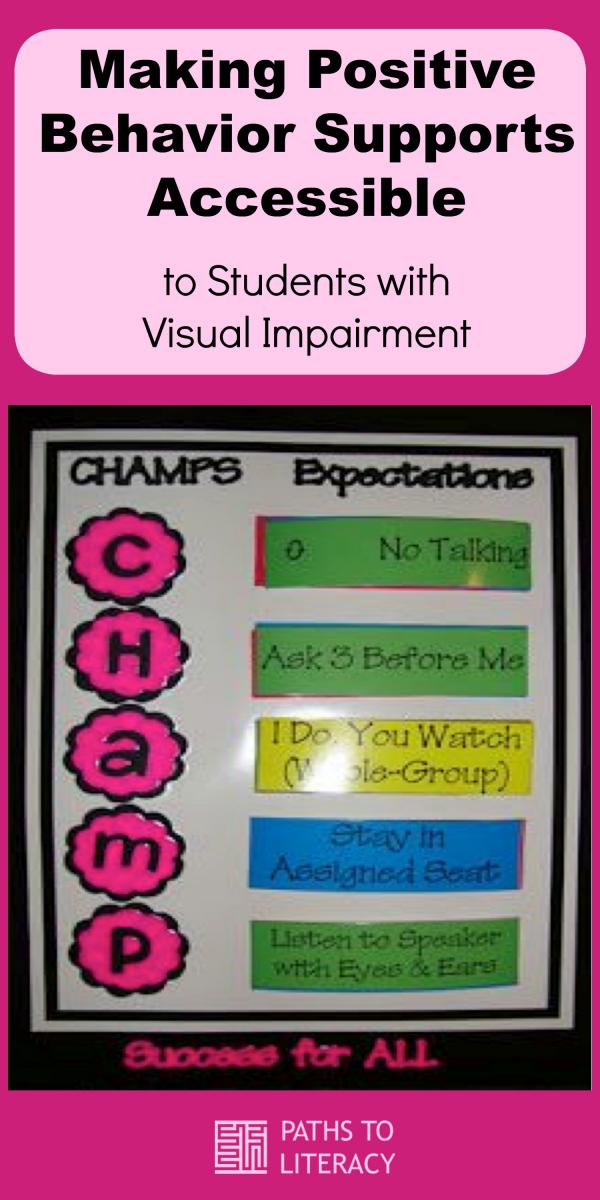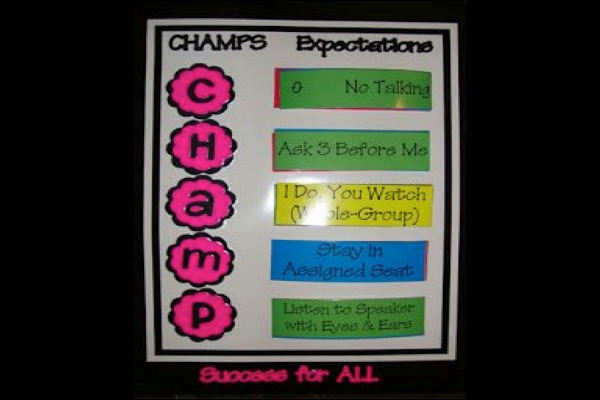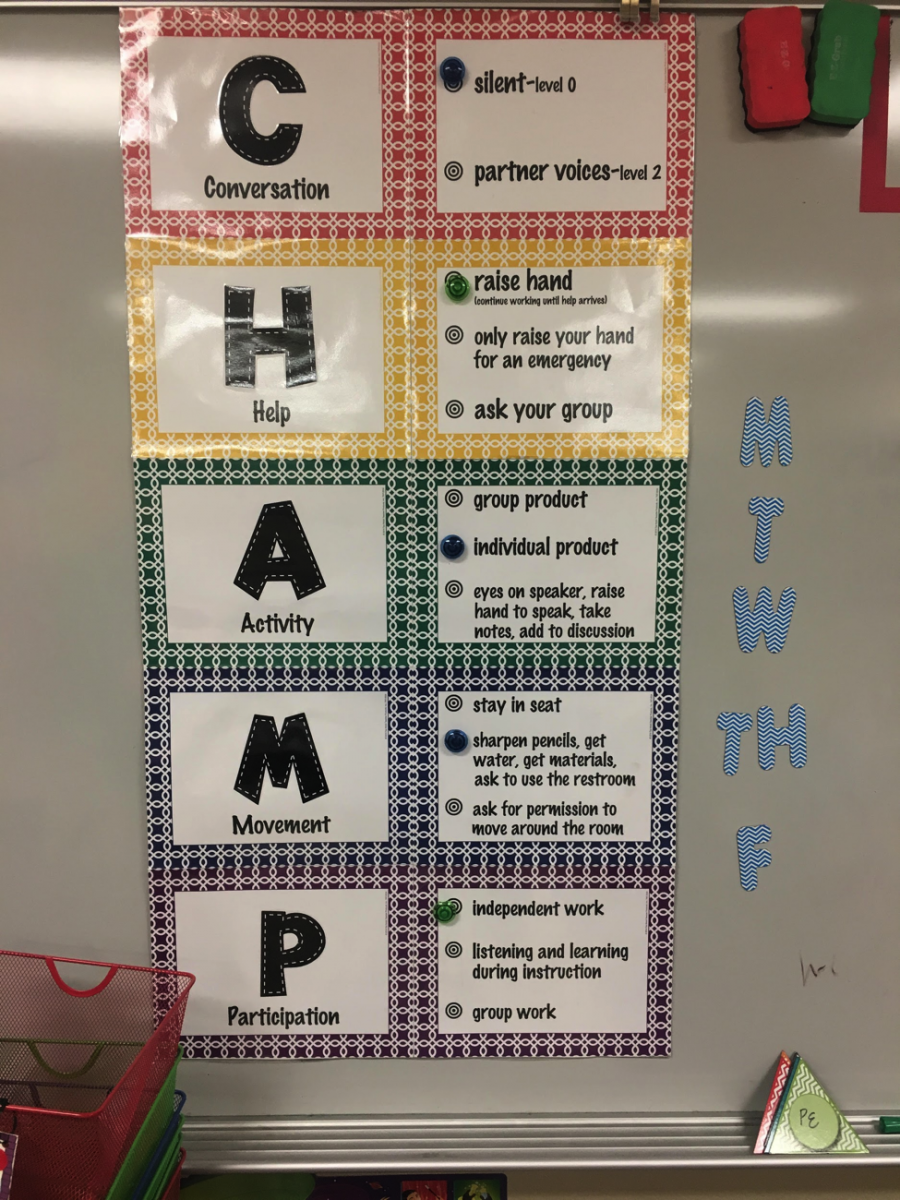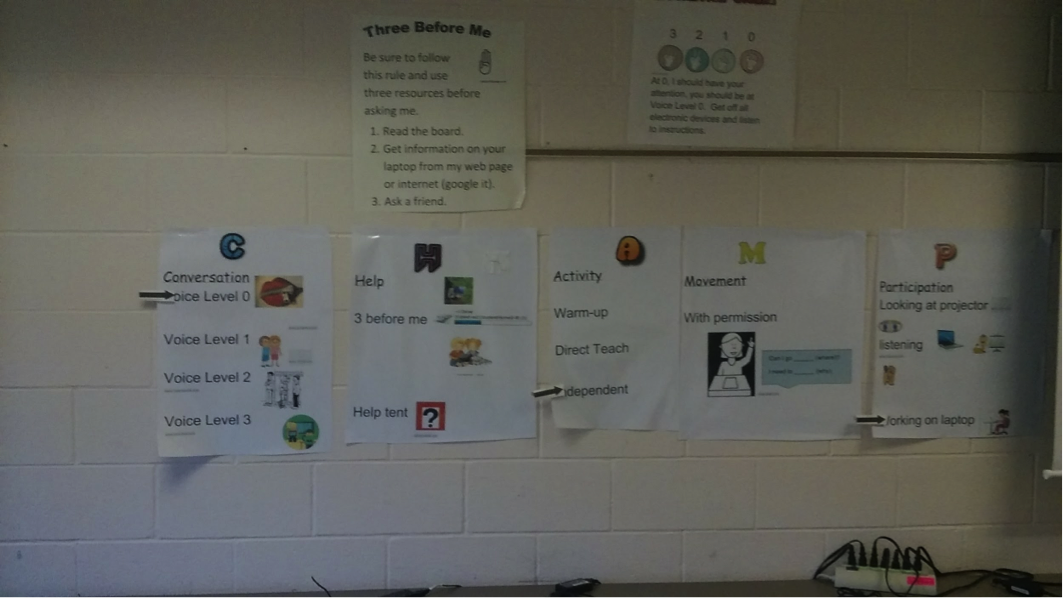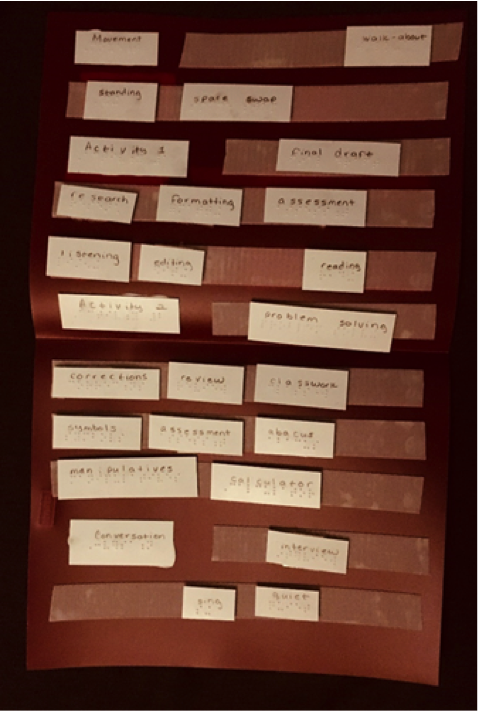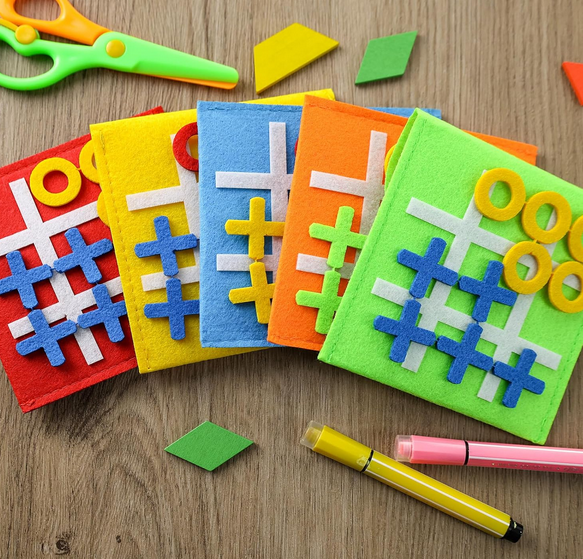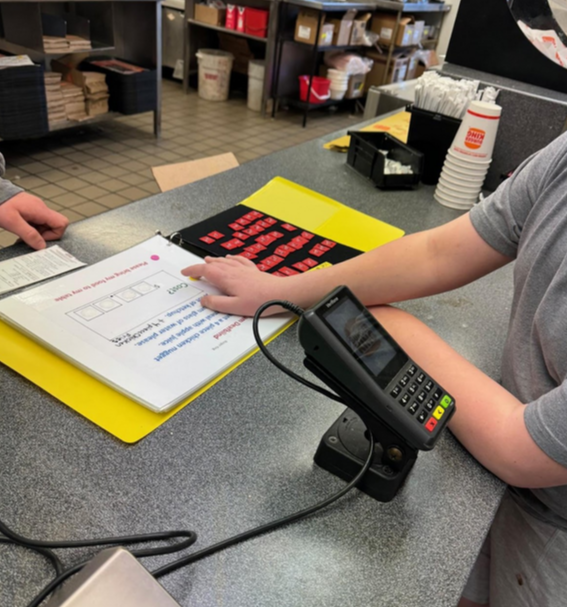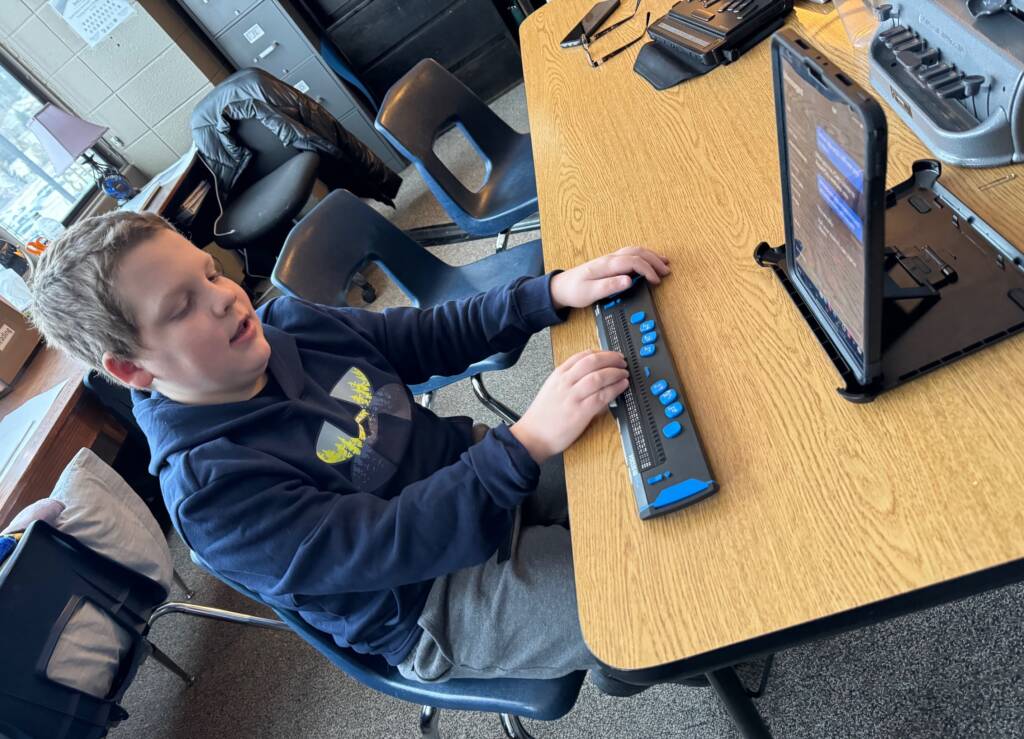Submitted by Liz Eagan and Laurie Gaston
The behavior department in my school district encourages all teachers, both general and special education, to use Positive Behavior Supports (PBS) in their classroom. Some of the training and coaching the behavior department provides in order to promote PBS includes: the 6 Indicators of a Well Managed Classroom, Classroom Management for New Educators, CHAMPs, and MAC training.
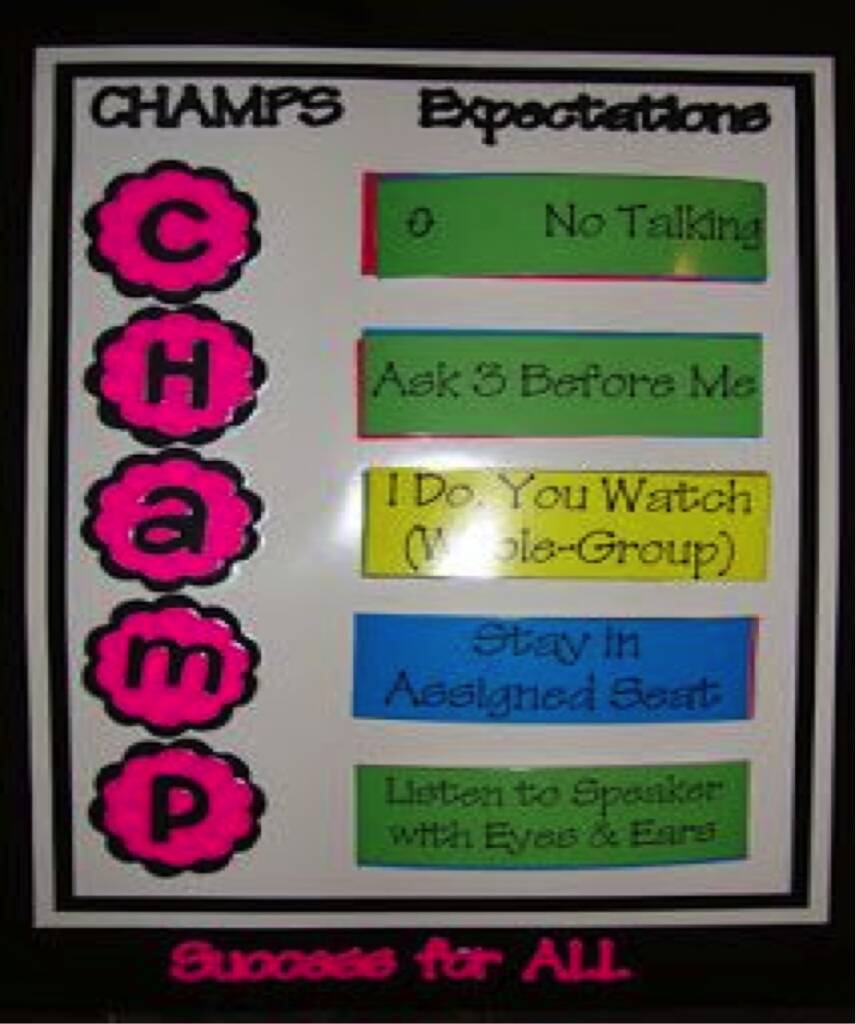
What are CHAMPS and MAC?
CHAMPS and MAC are structured systems of classroom expectations that utilize visuals to clarify expectations throughout the entire school day, in order to maximize the class’s learning time and minimize class disruptions. This system provides structure to the classroom with the goal of preventing negative behaviors from occurring.
CHAMPS stands for:
C – Conversation (Can the student talk during the activity?)
H – Help (How do the students seek help appropriately?)
A – Activity (What is the task?)
M – Movement (Can the students get out of their seats?)
P – Participation (What is the expected behavior?)
S – Success (If all the above is met, the student is successful!)
The expectations are spelled out for each of these categories for a given class period. For example, in the chart below, the “C” for “Conversation” may be marked as “silent” or “partner voices”. The “H” for “Help” may be marked as “raise hand”, “only raise your hand for an emergency”, “ask your group”.
I felt the CHAMPS system was a bit long for my students to follow. So I am going to try an alternate version, which is called “MAC”.
M – Movement
A – Activity
C – Conversation
How to Make Positive Behavior Supports Accessible to Braille Students
I attended the training on Positive Behavior Supports (PBS) for my district and I really liked what I heard. The examples they showed each had a system in place for students to access and everything was in enlarged fonts (3-4 inches in size) to hang in a designated area of the classroom. I immediately wondered how I could make these systems accessible to my braille students. Another VI teacher and I were sitting together at the training and we took paper and started drawing out what we thought it could look like. Then we made lists of words for the movement, activity, and conversation areas. We talked about what it should look like and how to make it readily accessible for these students. Voila! The folder idea became the winner!
The image below shows the front of folder where the student reads the expectations of the lesson. Sometimes I intentionally put the wrong cards on it for the student to fix for me.
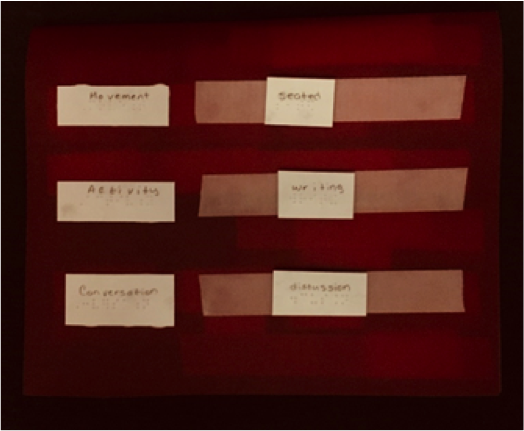
- Movement: seated
- Activity: writing
- Conversation: discussion
The photo below shows what the inside of the folder looks like. Activity 1 is for my time with the student, where we focus on braille reading and writing. Activity 2 is for the other TVI who works with the student on math. Sometimes there are two cards per line; it just depends on the day’s lesson.
- Movement
- walk-about
- standing
- spare swap
- Activity 1
- final draft
- research
- formatting
- assessment
- listening
- editing
- reading
- Activity 2
- problem solving
- corrections
- review
- classwork
- symbols
- assessment
- abacus
- manipulatives
- calculator
- Conversation
- interview
- sing
- quiet
Implementation Plan for Accessible Behavioral Supports
My implementation plan is to explain to my student the purpose of this folder. We will go over the expectations for Movement, Activity, and Convesration before the start of each lesson, which should help him to understand the expectations. He will know what, if any, out-of-seat movement will be occurring, what the activity will be, and what type of conversation is expected. I am hoping this will help to curb the silliness that occasionally disrupts our lessons.
Results of Using the Braille Positive Behavior Support Chart
I can say that thus far this is working like a charm! The student I am testing it out on has fewer off-task behaviors since we started using this system. I always let him know what we were doing during our lesson each day. Having this system seems to help him to be more focused, and he doesn’t have to remember what I said we were working on. It also provides him with the expectations for movement and conversation, which hadn’t been clearly spelled out in the past.
You’ll notice inside the folder there are two activities listed. I work with this particular student on braille reading and writing. Another VI teacher works with him on math. We can both use the same card for consistency. While this student does not receive behavior supports, I plan to touch base with the Behavior Specialists from time to time to ensure I am implementing this strategy correctly and making adjustments as needed.
Materials Needed to Create Accessible PBS System:
- Plastic folders with pockets cut off
- Permabraille paper for labels (available from APH on quota funds)
- Glue (I used tacky glue)
- Velcro
